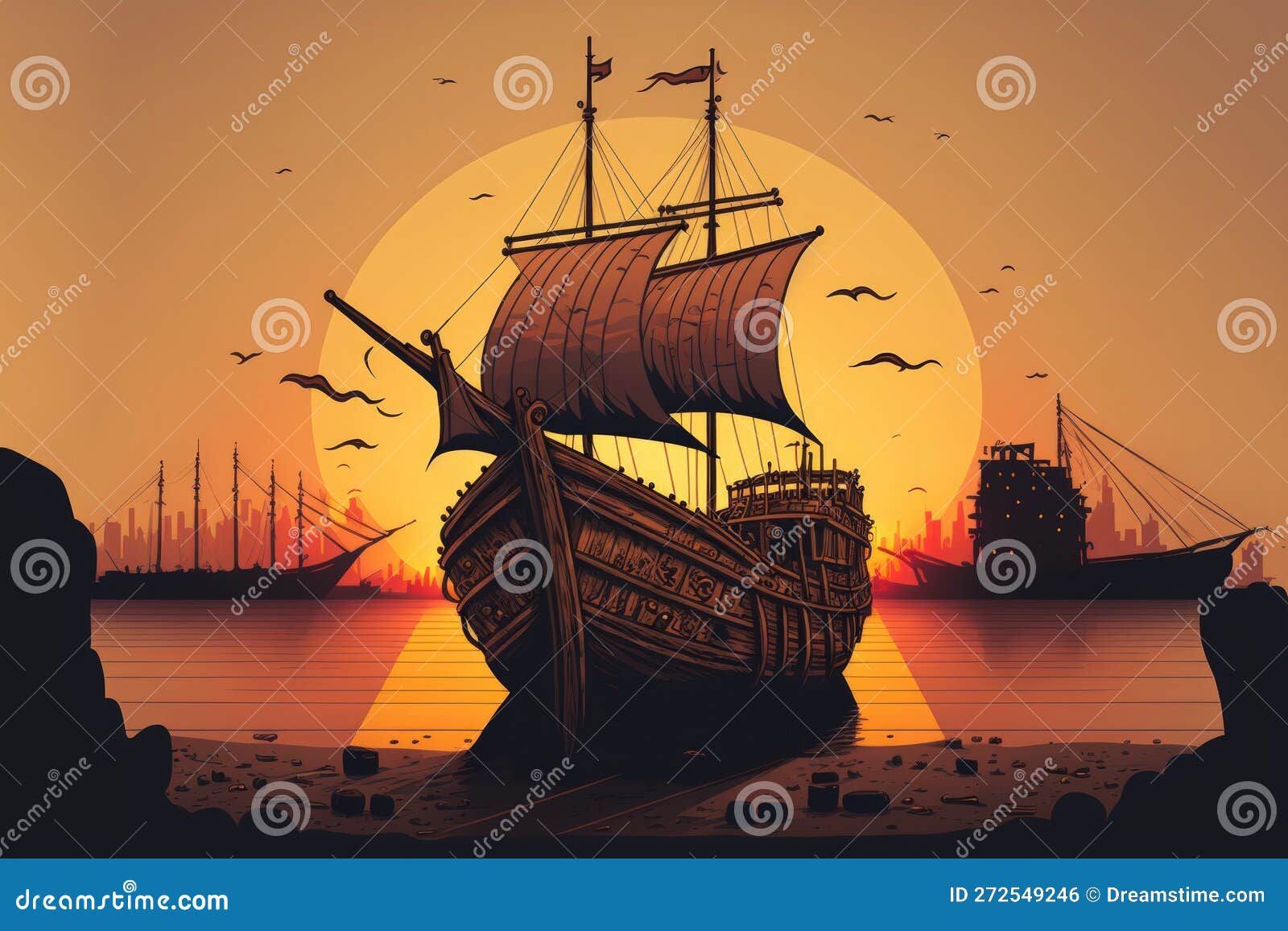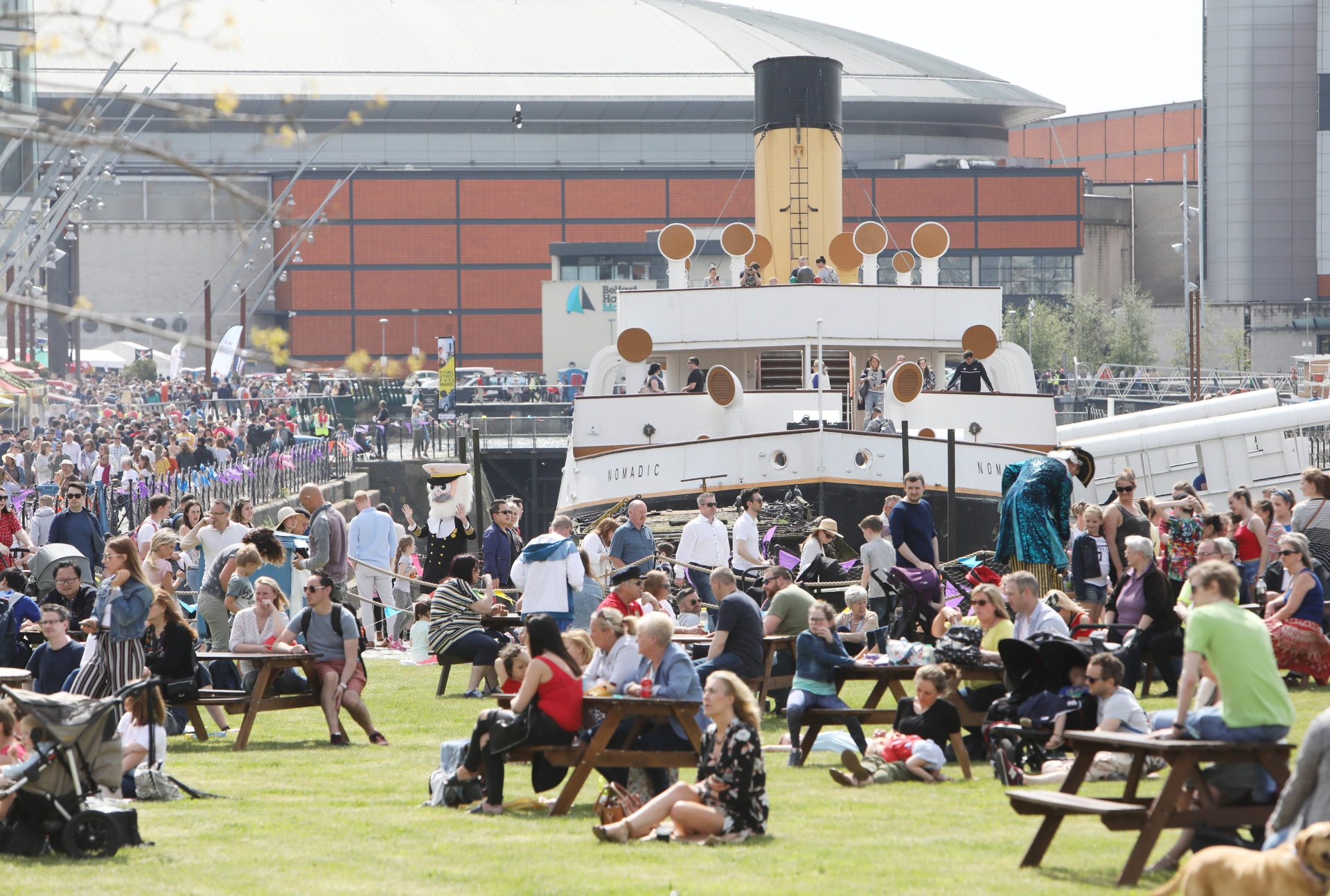Discover the Intriguing Story Behind the Sunken Titanic: A Maritime Enigma Unveiled
Editor's Notes: "Discover the Intriguing Story Behind the Sunken Titanic: A Maritime Enigma Unveiled" have published on [Publish_Date]. This topic is important to read because it provides a look into the circumstances surrounding the sinking of one of the most iconic ships in history.
Our team has analyzed various accounts and dug deep into the available information to uncover the astounding story behind the Titanic's sinking. This comprehensive guide is designed to lead you through the captivating tale of its fateful voyage.
Key Takeaways
| Feature | Explanation |
|---|---|
| Date of Sinking | April 15, 1912 |
| Cause of Sinking | Collision with an iceberg |
| Number of Passengers | 2,435 |
| Number of Survivors | 705 |
Main Article Topics
FAQ
As we delve into the enigmatic tale of the Titanic, we encounter a multitude of questions that fuel our curiosity and unravel the layers of this maritime enigma. Here, we present a curated collection of frequently asked questions, shedding light on the pivotal events and intriguing aspects that have captivated our imaginations for over a century.

Aged Ship In Ocean Depths - Sunken Vessel's Underwater Story, Wrecked - Source cartoondealer.com
Question 1: What was the exact date and time of the Titanic's sinking?
The RMS Titanic struck an iceberg at 11:40 p.m. on April 14, 1912, and sank two hours and forty minutes later, at 2:20 a.m. on April 15, 1912.
Question 2: How many people perished in the Titanic disaster?
The tragic sinking resulted in the loss of approximately 1,500 lives, making it one of the deadliest maritime disasters in history.
Question 3: Was there a shortage of lifeboats on the Titanic?
Yes, the Titanic was not equipped with enough lifeboats to accommodate all passengers and crew. There were only enough lifeboats for about half of the people on board.
Question 4: Who was the captain of the Titanic?
Captain Edward Smith, a seasoned mariner, was the captain of the RMS Titanic during its fateful voyage.
Question 5: How was the wreck of the Titanic discovered?
The wreck of the Titanic was discovered on September 1, 1985, by a joint Franco-American expedition led by Robert Ballard and Jean-Louis Michel.
Question 6: What caused the Titanic to sink?
The sinking of the Titanic was a confluence of factors, including excessive speed in an area known for icebergs, inadequate lifeboat provisions, and watertight compartments that were not high enough to prevent the spread of flooding.
By exploring these frequently asked questions, we gain a deeper understanding of the intricacies of the Titanic's demise, its impact on maritime regulations, and its enduring legacy as a symbol of both human ambition and vulnerability.
As we proceed further into this captivating journey, we will delve into the gripping narrative of the Titanic's fateful voyage, unraveling the chain of events that led to its tragic end.
Tips
Understanding the story of the sunken Titanic goes beyond memorizing dates and names. By considering the following tips, you can uncover the maritime enigma and delve deeper into its historical significance.
Tip 1: Explore the Timeline of Events
Trace the events leading up to and following the ship's sinking. Consider the construction phase, its maiden voyage, and the catastrophic collision with the iceberg. Understanding the sequence of events provides a framework for comprehending the unfolding disaster.
Tip 2: Examine the Ship's Design and Engineering
Investigate the Titanic's unique features, such as its innovative watertight compartments and luxurious amenities. Analyze the strengths and weaknesses of its design, considering the technological limitations of the time. This examination sheds light on the ship's vulnerability and the contributing factors to its sinking.
Tip 3: Study the Passengers and Crew
Uncover the diverse backgrounds and aspirations of the Titanic's passengers and crew. Explore the social hierarchy, living conditions, and personal stories. By understanding the human element, you gain a deeper appreciation for the tragedy's human toll.
Tip 4: Consider the Aftermath and Legacy
Examine the immediate responses to the disaster, including rescue efforts, inquiries, and changes in maritime regulations. Trace the Titanic's enduring impact on popular culture, literature, and film. Understanding its legacy helps assess the significance and lessons learned from this maritime tragedy.
Tip 5: Visit Memorials and Museums
Immerse yourself in the story by visiting memorials, such as the Titanic Belfast visitor experience or the Titanic Memorial Lighthouse in Southampton. These sites offer firsthand accounts, artifacts, and interactive displays, providing a tangible connection to the history of the Titanic.
These tips encourage a comprehensive approach to understanding the Titanic's story, fostering a deeper appreciation for the tragedy, its human impact, and its enduring legacy.
To delve further into the fascinating tale of the Titanic, Discover The Intriguing Story Behind The Sunken Titanic: A Maritime Enigma Unveiled. This comprehensive article unravels the enigma, providing a captivating account of the ship's fateful journey and its lasting impact.
Discover The Intriguing Story Behind The Sunken Titanic: A Maritime Enigma Unveiled
The sinking of the RMS Titanic in 1912 was a maritime disaster that claimed the lives of over 1,500 people. The ship's sinking remains shrouded in mystery, and the story behind it continues to fascinate people to this day.

Belfast Titanic Maritime Festival - Maritime Belfast | Maritime Belfast - Source www.maritimebelfast.com
- Construction: The Titanic was built in Belfast, Northern Ireland, and was one of the largest and most luxurious ships ever built.
- Voyage: The Titanic set sail from Southampton, England, on April 10, 1912, bound for New York City.
- Disaster: On the night of April 14, 1912, the Titanic struck an iceberg and sank in the North Atlantic Ocean.
- Casualties: Over 1,500 people died in the sinking, including many women and children.
- Investigation: The sinking of the Titanic led to a major investigation, which resulted in new regulations for passenger ships.
- Legacy: The Titanic is still remembered today as one of the greatest maritime disasters in history.
The sinking of the Titanic was a preventable tragedy. The ship was sailing at full speed in an area known to be hazardous, and it was not carrying enough lifeboats. The disaster led to major changes in maritime safety regulations, and it continues to serve as a reminder of the importance of safety at sea.
Discover the tragic story behind this mansion, built by a Titanic survivor - Source www.msn.com
Discover The Intriguing Story Behind The Sunken Titanic: A Maritime Enigma Unveiled
The sinking of the Titanic in 1912 is one of the most well-known maritime disasters in history. The ship was on its maiden voyage from Southampton to New York City when it struck an iceberg and sank in the North Atlantic Ocean. Over 1,500 people died in the disaster.

Mystic Maritime A 90 Word Tale of Black ic Octopus s Magic Elegant - Source www.vecteezy.com
The story of the Titanic has been told and retold countless times in books, movies, and television shows. But there is still much that we do not know about the disaster. Why did the Titanic sink? What were the mistakes that were made? And what can we learn from this tragedy?
In recent years, there has been a renewed interest in the Titanic. New research has shed light on the causes of the disaster, and new technologies have allowed us to explore the wreck of the ship. This has helped us to better understand what happened that fateful night in 1912.
The sinking of the Titanic was a preventable tragedy. It was caused by a combination of human error, design flaws, and bad luck. But it is also a story of heroism and resilience. The passengers and crew of the Titanic faced unimaginable danger with courage and dignity. Their stories are a reminder of the best of humanity.
The sinking of the Titanic is a reminder of the importance of safety at sea. It is also a reminder of the fragility of life. We should never take our safety for granted, and we should always be prepared for the worst.
Conclusion
The sinking of the Titanic is a tragedy that we should never forget. It is a reminder of the importance of safety at sea, and the fragility of life. We should never take our safety for granted, and we should always be prepared for the worst.
The story of the Titanic is also a story of heroism and resilience. The passengers and crew of the Titanic faced unimaginable danger with courage and dignity. Their stories are a reminder of the best of humanity.
